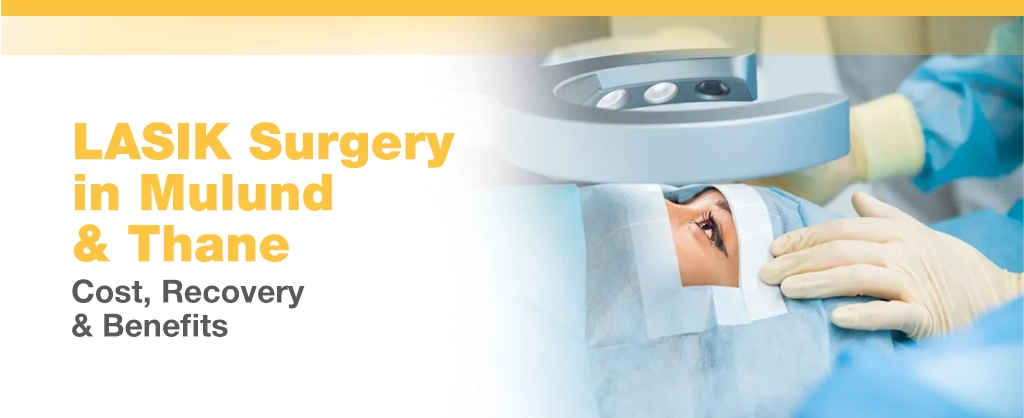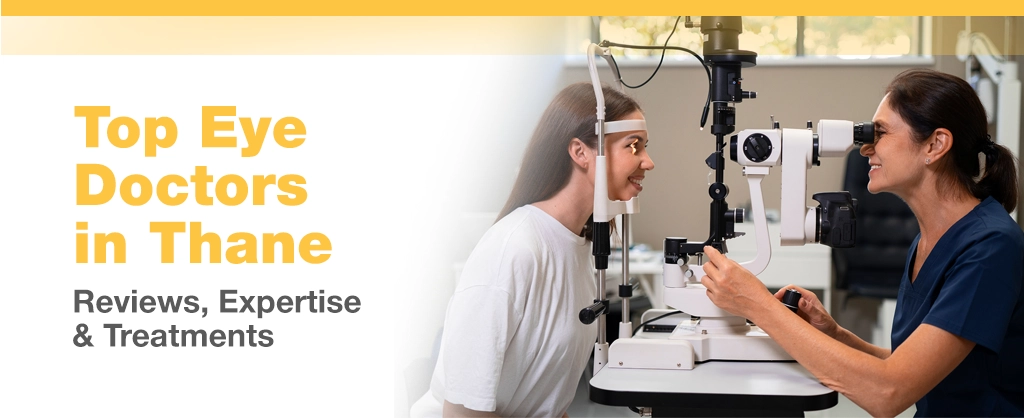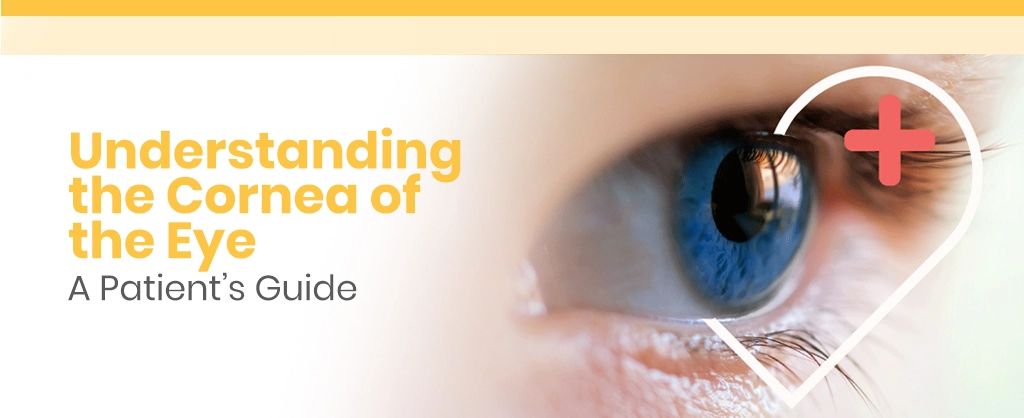When your day begins each morning, which organ helps you see the world? Your eyes.
Right! They help you greet the world, guiding you through everything you do. But when the cornea (responsible for around 65–75% of your eye’s focusing power) isn’t functioning efficiently, even simple daily task.
That’s why healthy eye-care habits are important. However, despite healthy habits, eye conditions such as myopia (nearsightedness) or astigmatism can still sneak in. They can affect how clearly you see life around you.
That’s where ATOS SmartSight at Wavikar Eye Institute comes in, a minimally invasive laser vision correction procedure developed for precision, comfort, and safety. Keep reading to know more.
What is ATOS SmartSight
It is a minimally invasive, flapless laser eye surgery procedure. This helps reshape the cornea to correct vision.
Here are its key features:
| Key Features | How it Benefits |
| Flapless Surgery | No corneal flap is created, resulting in reduced complications and a faster recovery. |
| Intelligent Eye Tracking | Ensures the laser stays accurate. |
| Minimally Invasive | No need to cut a corneal flap; less incision |
| Fast and Comfortable | Quick and better recovery. |
ATOS SmartSight, Also Known as
Here are some other names it is known as
- SmartSight, a refractive eye surgery procedure that uses the SCHWIND ATOS femtosecond laser
- SCHWIND ATOS with SmartSight technology
- ATOS Vision Correction Surgery
- Flapless lenticule extraction
- KLEx (Keratorefractive Lenticule Extraction)
- Minimally invasive lenticule extraction (a broader term it falls under)
- Small incision lenticule extraction
When might my doctor recommend ATOS Vision Correction for me?
Your doctor may recommend Flapless lenticule extraction to you in the following eye conditions:
- Myopia (nearsightedness), where you cannot properly see distant objects.
- Astigmatism (imperfection in the curvature of the eye)
- A stable vision prescription for at least 1 year, (generally recommended for adults aged 18 years or older.)
- If you want a minimally invasive procedure.
How it Works
It works gently on the cornea, helping restore natural vision without blades or flaps. SCHWIND ATOS with SmartSight technology uses a special laser to cut a tiny piece (lenticule) inside your cornea. Then, the doctor removes this lenticule via a small opening, gently reshaping your cornea to fix your vision.
The result:
- clearer sight
- No large flap cut (as in traditional LASIK)
- Faster healing
- Freedom to navigate daily tasks with confidence
The Benefits of ATOS SmartSight for Your Eyes
After proper diagnosis, your doctor at Wavikar Eye Institute may recommend ATOS Vision Correction Surgery. This then offers you the following 8 benefits:
-
No Flap is Created
It prevents creating a large corneal flap. This reduces complication risks and makes healing faster.
-
Gentle & Precise Technology
This is achieved by a femtosecond laser to precisely create a small, disc-shaped piece of tissue (a lenticule). This helps reshape your eye gently.
-
Lowers Dry Eye Symptoms
This modern procedure preserves nerve endings in the eye, lowering chances of post-surgery dry eyes.
-
Fast & Smooth Recovery
Most individuals notice improved vision in less than 24 hours and can quickly return to normal activities. However, the recovery depends on individual factors like the severity of the eye condition and other factors.
-
Less Invasive
Uses smaller incisions with the help of a femtosecond laser. This helps maintain corneal strength and eye structure.
-
Precision in Treatment
Advanced eye-tracking technology (CenTrax eye-tracking and advanced torsion compensation) keeps the laser accurate even if your eye moves.
-
Treats Multiple Eye Conditions
It helps address the following eye conditions effectively:
- Corrects myopia (nearsightedness)
- Astigmatism
-
Higher Safety & Comfort
Features like:
- minimally invasive
- flapless lenticule extraction procedure
- advanced, real-time eye-tracking technology
Helps for quick, safe, and comfortable surgery with excellent outcomes.
Why Choose Wavikar Eye Institute for Flapless Lenticule Extraction
Individuals with eye conditions choose us for our following qualities:
- Experienced ophthalmologists
- Equipped with the latest technology
- Offers a wide range of eye treatments, such as laser, cataract, and refractive surgeries
- High safety standards by reducing risks
- Patient-centric approach
- Affordability for the large Indian population
Conclusion
Protect your eyes by taking proper care and adopting healthy habits.
Here are the easy tips to keep your eyes healthy:
- Get regular comprehensive dilated eye exams
- Eat a diet with Omega-3 Fatty Acids
- Protect your eyes from the sun by wearing sunglasses
- Avoid straining your eyes, and take regular breaks when working on screens.
- Avoid smoking
- Know your family history
If you still notice vision problems, consult a trusted eye doctor timely so that you continue to see the world clearly.





